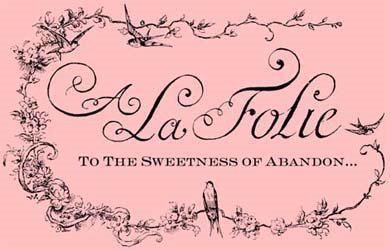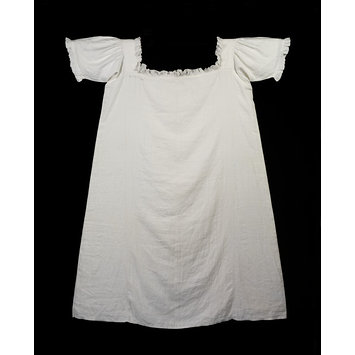I spent this past weekend in Pennsylvania, attending the wedding of my amazing childhood friends. In the flurry of joy, libation and friendship, among the hand-rolled cigars, the 20-year whiskeys, the jubilant attendees and the crisp rush of taffeta, there was the bride. The gorgeous bride, my friend, swathed in the loveliest Alençon lace gown. The gown itself was a simple cut, but you'd never know it by looking at it, because the lace was so stunning that the dress looked painstakingly assembled despite its easy construction. Glimpsing my pal in her stunning ensemble, I was inspired to write a blog post about lace for A La Folie. Because when you think about it, a basic bra construction, while painstaking in its own right, really is a fantastic canvas upon which to display some truly amazing laces. A two piece cup in a plain satin can look, well, plain. In lace, however, that same two piece cup takes on a whole new attitude, one that is imbued with femininity and sensuality.
Lace is a language that takes encyclopedias and glossaries to fully comprehend. There's no way to address all the subtle nuances between a machine-made tape lace versus a handmade one, or how to adequately decipher European filet lace from Chinese filet lace. However, I can at least start in familiar territory!
If you're a fan of French lingerie, you may have heard the term Leavers' Lace before. It's exceptionally common in fine lingerie and comes in a variety of different incarnations. Knowing that the name of the lace usually categorizes a specific style or region in which a lace is made, how can that be? The reason is that the name Leavers' Lace describes the machine it is made on, and not the style or the region. From The Lace Book by Jessie F. Caplin:
[The Levers' Lace Machine was] originally able to make lace 18 inches in width, [and] was invented in England by John Levers (sometimes spelled Leavers) in 1813. It is the basis of our present-day lace machines... [The Jacquard] can be repeated automatically across the 230 inches of width of machine, thus allowing many breadths of lace to be made at one time.Even though the book quoted above was published in 1932, it's apparent that the Leavers' Lace machine is just as important today, as the lace is still regularly used in lingerie collections. The ability to mass produce beautiful figural laces that were previously only made by hand truly revolutionized apparel manufacturing. Also interesting to note is that machine made lace did not find its beginnings in France as many might think, but in England.
The making of lace by machine is usually conceded to have started in England and the inventors of that country receive credit for most of the major developments in this field. England tried to protect the industry and decreed laws to prevent the exportation of machines. These laws carried penalties of imprisonment and even death. Nevertheless, lace making by machine started in France very early. Perhaps the nearness of Calais to teh English coast may explain the early start of this city as a French center for machine-made lace.
How about that? The Leavers' Lace we all covet and wear so close to our bodies was cause for imprisonment or death! I've heard about dying for love before, but dying for lace? So much more romantic (and fashionable)!









